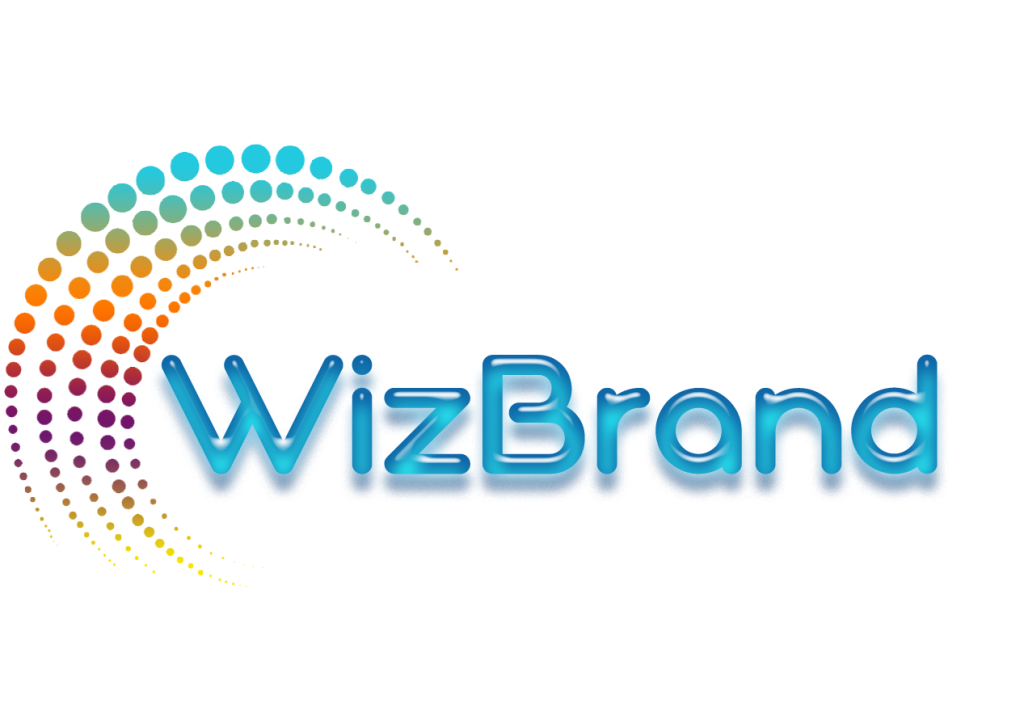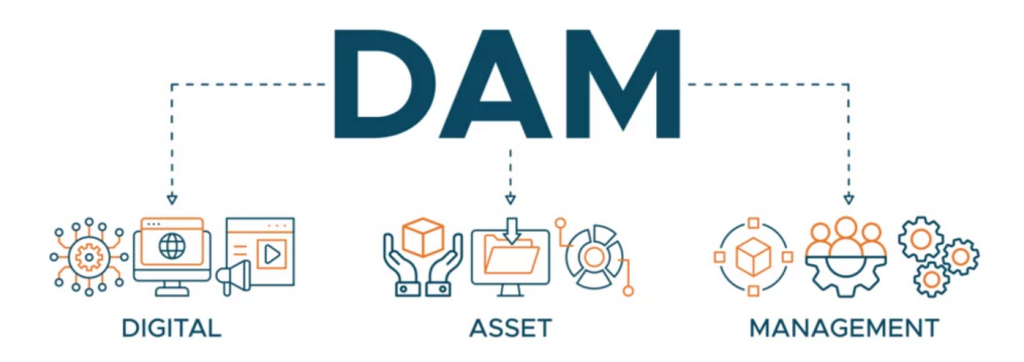
In today’s fast-paced digital world, businesses are generating and managing vast amounts of content every day. From marketing materials and social media posts to videos, images, and documents, digital assets are the backbone of your content strategy. But with such a large volume of assets, how do you ensure that your team can easily find the right files at the right time? The answer lies in metadata.
Metadata is often referred to as “data about data”—it’s the information that describes and gives context to digital assets. Without metadata, files would be just names in folders, making it extremely difficult to find, manage, or use them efficiently. In this blog post, we’ll explore how metadata can transform your Digital Asset Management (DAM) strategy and help you unlock the full potential of your assets.
What is Metadata in a DAM System?
Metadata in a DAM system refers to the descriptive information attached to each digital asset. It provides essential context and details about the asset, making it easier to locate and manage. Metadata can include information such as:
- Title: The name of the asset.
- Description: A brief explanation or summary of the content.
- Tags/Keywords: Descriptive terms that make it easier to search for the asset.
- Creation Date: When the asset was created or last modified.
- Author/Creator: The individual or team responsible for the asset.
- File Type: The format of the asset (e.g., JPG, MP4, PDF).
- Categories: Groupings that define the asset’s use or subject matter.
When properly used, metadata makes it possible to manage and organize content in ways that significantly improve accessibility and efficiency.
Why is Metadata Important in a DAM Strategy?
A robust metadata strategy is at the heart of a successful DAM system. Without metadata, your assets are essentially just files sitting in a repository, waiting to be manually sorted and found. But with metadata, you can unlock the true value of your digital assets. Here’s why metadata is so important for your DAM strategy:
1. Improved Searchability and Retrieval
Imagine you have hundreds or thousands of digital assets stored within your DAM system. Without metadata, finding a specific file would involve manually sifting through folders or searching by vague file names. This process is time-consuming and frustrating. Metadata allows assets to be easily searchable by descriptive keywords, tags, or categories. By embedding detailed metadata in each asset, you make it much easier to locate specific files through a simple search query.
Wizbrand’s DAM software makes this process seamless. Its metadata management capabilities ensure that you can tag and categorize assets effectively, enabling faster and more accurate searches.
2. Better Organization
As your digital asset library grows, keeping it organized becomes crucial. Metadata helps you categorize your assets in a logical way, which is essential for both teams and external stakeholders. Whether you categorize assets by content type, project, department, or use case, metadata helps ensure that your files are structured in a way that makes sense for your business.
Wizbrand allows businesses to implement custom metadata fields, offering flexibility and ensuring that assets are categorized according to the specific needs of your organization. This streamlined organization improves team collaboration and speeds up workflow.
3. Enhanced Collaboration Across Teams
Effective team collaboration requires clear, easy access to digital assets. With metadata, different departments can access the same set of assets, but with the ability to filter and find the content that is most relevant to their work. For instance, a marketing team might need to search for all images related to a particular product, while a content team may want to find documents related to the same product but in a different context. Metadata helps teams work more efficiently by allowing them to easily find and access the assets they need.
Wizbrand excels in enabling team collaboration by making it simple for multiple users to access and manage digital assets, ensuring that everyone is working from the same up-to-date content library.
4. Version Control and Tracking
Another significant advantage of using metadata is the ability to track the version history of digital assets. In many cases, multiple versions of the same file exist—be it a design file, a video, or a document. Metadata can be used to track which version of the asset is the most up-to-date, which version has been approved, and which version is still in progress.
Wizbrand’s DAM system helps users manage asset versions easily, so you always know which file is the most current and avoid any confusion or mistakes in the content creation process.
5. Optimized SEO
Search Engine Optimization (SEO) isn’t just for website content—images and videos on your site also need to be optimized for search engines. Metadata, such as alt text, titles, and descriptions, can play a crucial role in improving the SEO of your digital assets. By adding relevant keywords to your metadata, you increase the likelihood that your assets will appear in search results.
With Wizbrand’s SEO Management Software, you can optimize your digital assets for better search engine visibility, helping to increase traffic and engagement with your content.
How Wizbrand’s DAM System Helps You Leverage Metadata

Wizbrand is a leading Digital Asset Management (DAM) platform that simplifies the process of managing and utilizing metadata. Here’s how Wizbrand’s DAM software can help you unlock the power of metadata:
- Customizable Metadata Fields: With Wizbrand, you can create custom metadata fields based on your unique business needs, allowing you to capture and organize the information that matters most to your organization.
- Automated Metadata Tagging: Wizbrand’s DAM solution offers automated metadata tagging, reducing the manual effort required to tag and organize assets.
- Advanced Search Capabilities: With Wizbrand’s powerful search functionality, you can quickly locate digital assets using a variety of metadata filters, from keywords to creation dates to custom tags.
- Collaboration and Sharing: Wizbrand enhances team collaboration by allowing multiple users to access and share assets with rich metadata that aids in finding the right files, ensuring everyone is on the same page.
With these features, Wizbrand’s DAM software offers a comprehensive solution for managing and leveraging metadata in your digital asset strategy.
Conclusion
Metadata is an essential component of any effective Digital Asset Management strategy. By properly utilizing metadata, you can ensure that your digital assets are organized, easily searchable, and optimized for collaboration. Wizbrand’s DAM solution simplifies metadata management and helps businesses streamline digital workflows, improve content management, and enhance team collaboration.

Ready to unlock the full potential of your digital assets? Explore Wizbrand today and discover how its powerful DAM features can transform your digital asset management strategy. If you’re looking for the Best Digital Asset Management Software available, Wizbrand is your go-to solution for managing assets efficiently and effectively.